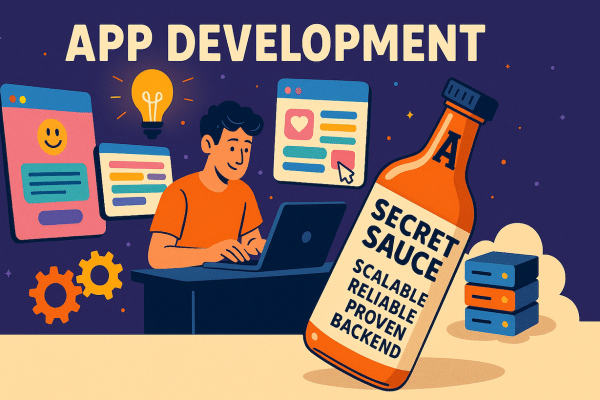2FA Login Plugin Featuring TOTP
The 2FA Login plugin enables applications built with Backendless to provide an authentication option where a user can login using the TOTP (Time-based One Time Password) form of two-factor authentication (2FA).
How to Use CodeRunner – Cloud Code Utility
In a previous post, we described how to use the custom business logic code generator to create Backendless timer code. The previous post left off at the step when the Backendless Console created the code.
How to Create a Cloud Code Timer in Backendless Console
In a previous post, we wrote about Backendless server-side timers – blocks of code which run on a pre-defined schedule. A timer is a Java class and can be created by hand. The most tedious part is figuring out the scheduling definition. Currently, this is done by declaring the timer’s schedule through a JSON object…
How to Use Cloud Code Timers (Overview)
There are two types of custom business logic (Cloud Code) scripts supported by Backendless – API event handlers and timers. In this post, we will review the latter. A timer is a server-side program deployed to the Backendless server infrastructure which is scheduled to run on a pre-defined schedule.
How to Work With Cloud Code (Overview)
This is an introductory post for a very broad feature – injecting custom server-side logic into Backendless. There are a lot of smaller features in Cloud Code (also known as Custom Business Logic), but it’s worth it to start with a general overview.
How to Debug Cloud Code Locally Using CodeRunner
Previously we described how to use the Backendless Console to generate custom business logic code. In this post, we will describe one of the most amazing features in Backendless – an ability to debug custom server-side code on the developer computer before deploying it to the cloud. It would be very helpful for you to…
How to Deploy Cloud Code Event Handlers to Backendless Servers
Previously, we wrote how to generate custom business logic code for API event handlers and how to locally debug your custom code. Now your code is ready to be pushed to the Backendless servers. Once it is out there, the Backendless infrastructure automatically handles scaling the code execution and routing requests to an instance available…
How to Deploy Cloud Code Timers to Production
Now that you know how to generate code for custom business logic timers (Backendless background jobs) and how to locally debug custom business logic, it is time to learn how to deploy that code to production.
How to Debug Backendless Timers Locally on a Developer Machine
In a previous post, we introduced Backendless CodeRunner – a debugging utility for custom business logic. Now that you can run your timer code locally using CodeRunner, we’d like to show how you can attach your IDE to the CodeRunner process and debug the code.
